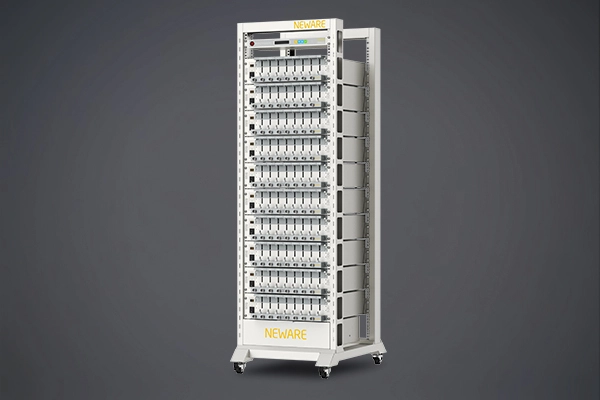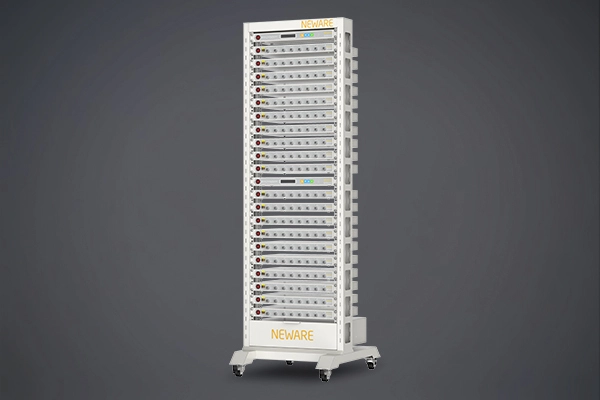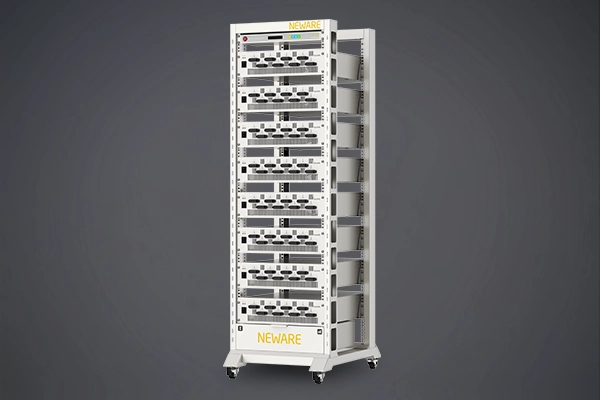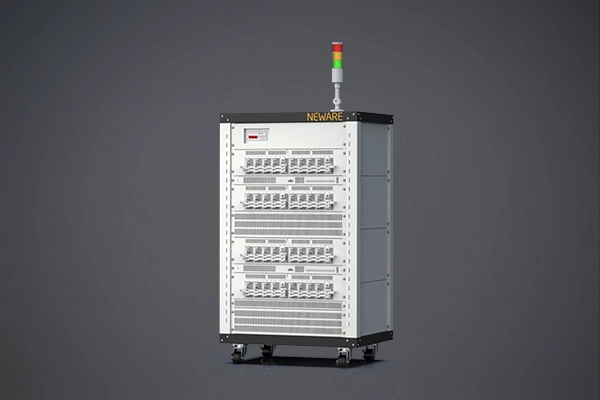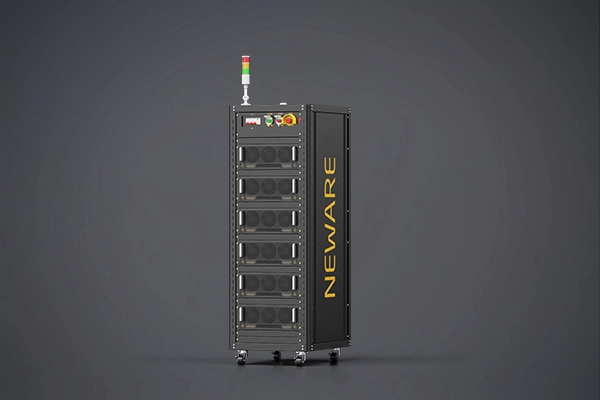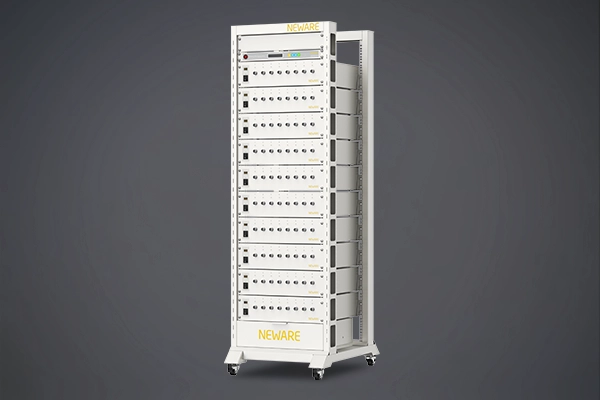
Lithium batteries and lithium-ion batteries are often used interchangeably, but they refer to different types of rechargeable batteries. A lithium battery typically uses lithium metal as the anode material and can be either primary (non-rechargeable) or secondary (rechargeable). These batteries are known for their high energy density and light weight, but they can be less stable and more prone to safety issues such as overheating and short-circuiting. On the other hand, lithium-ion batteries are a specific type of lithium battery that is designed to be rechargeable. They use lithium ions as the charge carriers, moving between the anode and cathode during the charge and discharge process. The anode in a lithium-ion battery is typically made of graphite, while the cathode can be made from various materials such as lithium cobalt oxide, lithium manganese oxide, or lithium iron phosphate. Lithium-ion batteries are favored for their higher energy density, lighter weight, and improved safety features compared to lithium batteries. They also have a higher voltage per cell and can be charged and discharged more efficiently, making them ideal for applications like portable electronics, electric vehicles, and renewable energy storage systems. The key difference between the two lies in their construction and the materials used, which affects their performance, safety, and rechargeability.
Lithium batteries, particularly lithium-ion batteries, are used in a wide array of applications due to their high energy density, light weight, and relatively low self-discharge rate. These batteries are integral to powering portable electronic devices, such as smartphones, laptops, tablets, and digital cameras, where their compact size and ability to deliver a high current are crucial. Beyond consumer electronics, lithium batteries also play a significant role in the automotive industry, particularly in electric vehicles (EVs) and hybrid electric vehicles (HEVs), where their energy storage capabilities are essential for driving range and performance. In addition, lithium batteries are utilized in renewable energy systems for energy storage and load leveling, helping to stabilize the power grid by storing excess energy generated during periods of low demand and releasing it during peak times. They are also found in medical devices such as hearing aids and implantable medical devices, where their small size and long life are advantageous. Furthermore, lithium batteries are used in military and aerospace applications, where their reliability and energy efficiency are paramount. The versatility of lithium batteries extends to power tools, drones, and even wearable technology, demonstrating their adaptability across various industries and technologies. Their ability to be recharged and discharged multiple times without significant loss of capacity makes them a sustainable and efficient choice for many modern applications.
The amount of copper used in a lithium-ion battery can vary depending on the specific design and capacity of the battery. However, in general terms, copper is a crucial component in lithium-ion batteries due to its excellent electrical conductivity and malleability. It is primarily used in the form of copper foil, which serves as the current collector for the cathode and anode. The copper foil is typically very thin, often around 10 to 20 micrometers thick, to minimize the weight and maximize the energy density of the battery. In terms of weight, the copper content in a lithium-ion battery is typically a small percentage of the total battery weight. For instance, in a typical lithium-ion cell, the copper foil might account for about 5-10% of the total weight, with the rest being composed of lithium materials, electrolytes, separators, and other components. The exact amount of copper needed will depend on the size and capacity of the battery, with larger batteries requiring proportionally more copper to support the increased current and energy demands.
Lithium batteries are indeed rechargeable, which is one of the primary reasons for their widespread use in various electronic devices. These batteries have a high energy density, meaning they can store a lot of energy in a relatively small and lightweight package. This makes them ideal for portable electronics like smartphones, laptops, and electric vehicles. The rechargeability of lithium batteries is due to their design, which involves a lithium compound as the cathode and a lithium metal or lithium ion as the anode. During the discharge process, lithium ions move from the anode to the cathode, generating an electric current. When the battery is recharged, the lithium ions move back to the anode, restoring the battery's capacity. This process can be repeated multiple times, allowing the battery to be recharged and discharged over its service life. However, it's important to note that the number of charge cycles a lithium battery can undergo before its performance significantly degrades is limited. Typically, lithium-ion batteries can be charged and discharged hundreds to thousands of times, depending on the quality of the battery and how it is used. Proper charging practices, such as avoiding overcharging and extreme temperatures, can help extend the lifespan of lithium batteries.
Lithium batteries, while highly efficient and widely used in various electronic devices, come with certain safety considerations. They are generally considered safe when manufactured, used, and disposed of correctly. However, like any type of battery, lithium batteries can pose risks if mishandled. The high energy density that makes lithium batteries desirable also means they can potentially overheat, catch fire, or even explode under certain conditions. Key factors that contribute to the safety of lithium batteries include the quality of the manufacturing process, the design of the battery protection systems, and the user's handling practices. Properly designed lithium batteries incorporate safety features such as protection circuits to prevent overcharging, short circuits, and thermal runaway. These features help to mitigate the risks associated with lithium batteries. Users should follow the manufacturer's guidelines for charging, storage, and disposal to ensure safety. Avoiding extreme temperatures, not puncturing or crushing the batteries, and not exposing them to water are also crucial practices. Additionally, it is important to recycle lithium batteries responsibly, as improper disposal can lead to environmental hazards and safety risks. Overall, with the right precautions and adherence to safety protocols, lithium batteries can be safely used and are a reliable power source for many modern technologies.

Lithium batteries can catch fire due to a combination of factors that involve their chemical composition and operating conditions. One primary reason is the potential for a phenomenon known as "thermal runaway." This occurs when the battery's internal temperature increases to a point where the exothermic reactions within the battery accelerate uncontrollably, leading to a rapid increase in temperature and potentially causing the battery to ignite. The high energy density of lithium batteries, while beneficial for their performance, also means that they store a significant amount of energy that can be released in the form of heat if the battery is compromised. Other factors that can contribute to a lithium battery fire include manufacturing defects, physical damage, or misuse such as overcharging, deep discharging, or exposure to extreme temperatures. Overcharging can lead to the formation of lithium metal dendrites, which can pierce the separator between the anode and cathode, causing a short circuit. Similarly, deep discharging can lead to the formation of lithium plating on the cathode, which can also cause a short circuit. Physical damage, such as puncturing or crushing the battery, can breach the separator and lead to a direct contact between the anode and cathode, initiating a short circuit and a potential fire. Proper management of lithium batteries, including adhering to recommended charging protocols, avoiding physical damage, and monitoring operating conditions, is essential to minimize the risk of fire. Additionally, modern lithium batteries often incorporate safety features such as protection circuits and thermal fuses to detect and mitigate potential hazards before they escalate into a fire.
Using a regular fire blanket on a lithium-ion battery fire is not typically recommended due to the unique characteristics of these types of battery fires. Lithium-ion batteries can be particularly challenging to extinguish because they can reignite even after being initially put out. This is due to the high energy density of the lithium-ion cells, which can continue to generate heat and potentially reignite even after being smothered. A fire blanket, which is designed to smother a fire by cutting off oxygen, might not be effective in completely stopping a lithium-ion battery fire. Moreover, the risk of explosion or the release of toxic fumes is higher with lithium-ion batteries, which adds another layer of complexity to the situation. In the event of a lithium-ion battery fire, the primary goal is to cool the battery down to reduce the heat and prevent reignition. Specialized equipment like a Class D fire extinguisher, which is designed to handle metal fires, including those involving lithium, is more appropriate. These extinguishers use materials that can smother the fire and cool the battery, reducing the risk of reignition. Additionally, it is crucial to ensure that the area is well-ventilated to disperse any potentially harmful fumes and to keep a safe distance from the fire to avoid any explosion risks. If you encounter a lithium-ion battery fire, it is advisable to evacuate the area immediately and call emergency services for professional assistance. Regular fire blankets should not be used unless specified by the manufacturer or safety guidelines specific to lithium-ion battery fires.

Disposing of lithium-ion batteries requires careful consideration due to their potential environmental impact and safety hazards. When lithium-ion batteries reach the end of their life cycle, they should not be thrown in regular trash bins as they can pose a risk of fire or chemical leakage. Instead, they should be recycled or disposed of through designated facilities. Many cities and regions have established battery recycling programs where consumers can drop off used batteries for proper disposal. It is crucial to check local regulations and guidelines, as they may vary. Some electronic stores and manufacturers also offer take-back programs where you can return your old batteries when purchasing new ones. Before disposing of lithium-ion batteries, it is advisable to power them down and store them in a cool, dry place away from heat sources or direct sunlight to minimize the risk of overheating. Additionally, it is important to handle them with care to avoid puncturing or damaging the battery, which could lead to a short circuit or release of harmful chemicals. If you are unsure about the disposal process, consult with local waste management authorities or environmental agencies for guidance on safe and responsible lithium-ion battery disposal.
Yes, you can take lithium batteries on a plane, but there are specific regulations and precautions you must follow to ensure safety. The International Air Transport Association (IATA) and various national aviation authorities have guidelines in place for the transport of lithium batteries. For passengers, lithium batteries in carry-on luggage are generally allowed, but there are restrictions on the number of batteries and their capacity. Typically, lithium-ion batteries with a Watt-hour rating (Wh) of 100 Wh or less can be carried without any restrictions. For batteries between 100 Wh and 160 Wh, you may carry a limited number for personal use, and they must be individually protected to prevent short-circuiting. Batteries exceeding 160 Wh are generally prohibited in carry-on luggage but may be allowed in checked luggage under certain conditions. It is crucial to pack lithium batteries properly to prevent damage or short-circuiting. Batteries should be stored in a way that they are not in contact with metal objects that could cause a short circuit, such as keys or coins. Additionally, spare batteries should be carried in the carry-on luggage, not in checked luggage, due to the risk of fire in the cargo hold. When transporting lithium batteries in checked luggage, it is essential to declare them to the airline and follow any additional instructions provided by the carrier. Compliance with these regulations is not only important for the safety of all passengers but also for adhering to legal requirements. Always check the latest guidelines from your airline and the destination country before traveling to avoid any issues.
Lithium batteries, specifically lithium-ion batteries, are known for their longevity and efficiency, but their lifespan can vary significantly depending on several factors. Generally, the lifespan of a lithium battery is measured in charge cycles, which is the number of times a battery can be charged and discharged before its capacity drops below a certain threshold, typically around 80% of its original capacity. A typical lithium-ion battery can endure hundreds to over a thousand charge cycles. However, this estimate can be influenced by how the battery is used and maintained. Factors such as the depth of discharge, charging habits, operating temperature, and the quality of the battery itself play a crucial role in determining its overall lifespan. For instance, consistently charging a lithium battery to 100% and discharging it to 0% can reduce its lifespan more quickly than partial charging and discharging cycles. Similarly, exposing the battery to extreme temperatures, either hot or cold, can degrade its performance and shorten its life. High-quality batteries from reputable manufacturers are more likely to have longer lifespans and better performance over time. Additionally, proper care, such as avoiding overcharging, not leaving the battery in a discharged state for extended periods, and using the correct charger, can help extend the life of a lithium battery. Ultimately, the longevity of a lithium battery is a balance between its inherent quality and how it is managed throughout its service life.
NEWARE TECHNOLOGY LLC
755 Ames Avenue, Milpitas, CA, USA, 95035



